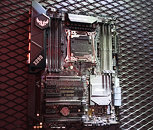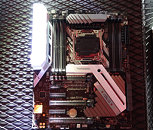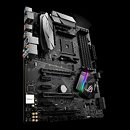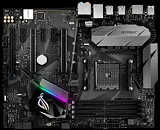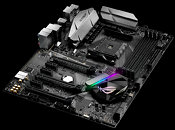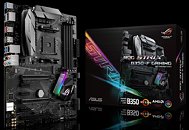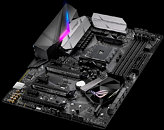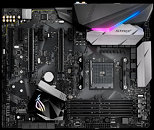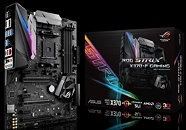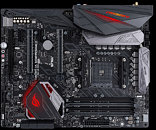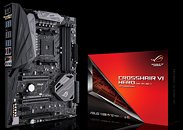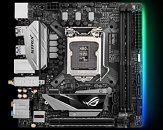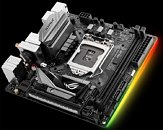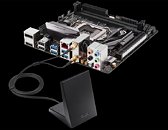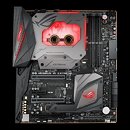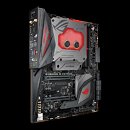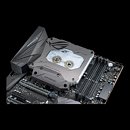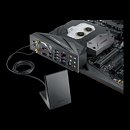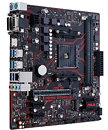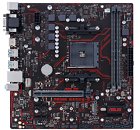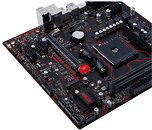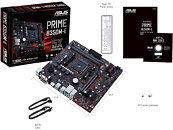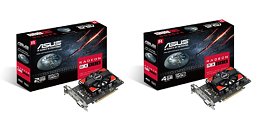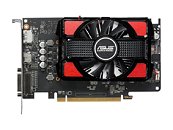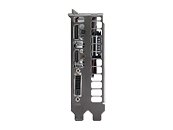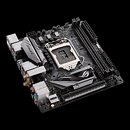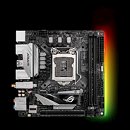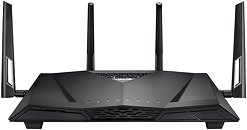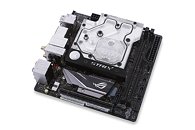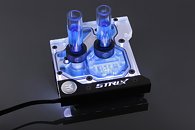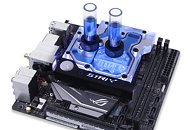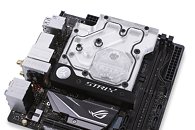
ASUS Unveils Three Freesync-enabled, High Refresh Rate Strix Monitors
ASUS is looking to have two distinct monitor product lines catering to either AMD or NVIDIA enthusiasts. Adding to their Swift line-up of NVIDIA G-Sync monitors, ASUS seems to be building up a Strix line as well, which features AMD's FreeSync technology to deliver the same fundamental variable refresh rate technology at a lower price-point (or so we hope.)
Starting with the flagship Strix monitor, the ASUS Strix XG32V has a 31.5" IPS panel with a WQHD resolution of 2560 x 1440. It's curved, so it envelops your FOV better, with the usual 1800R curve. This model can handle refresh rates of up to 144Hz, though readers looking to jump at this panel as we speak should wait for both Freesync range and pricing announcements. Connectivity-wise, we're looking at 2x DisplayPort 1.2, 1x HDMI 2.0, and an os yet unknown amount of USB 3.0 ports. ASUS has also added the inevitable Aura Sync lighting to the XG32V, materialized on both a ROG logo that shines down onto the desk, as well as an RGB LED suite on the back of the unit that can be synchronized with other Aura Sync-enabled PC components and peripherals.
Starting with the flagship Strix monitor, the ASUS Strix XG32V has a 31.5" IPS panel with a WQHD resolution of 2560 x 1440. It's curved, so it envelops your FOV better, with the usual 1800R curve. This model can handle refresh rates of up to 144Hz, though readers looking to jump at this panel as we speak should wait for both Freesync range and pricing announcements. Connectivity-wise, we're looking at 2x DisplayPort 1.2, 1x HDMI 2.0, and an os yet unknown amount of USB 3.0 ports. ASUS has also added the inevitable Aura Sync lighting to the XG32V, materialized on both a ROG logo that shines down onto the desk, as well as an RGB LED suite on the back of the unit that can be synchronized with other Aura Sync-enabled PC components and peripherals.












